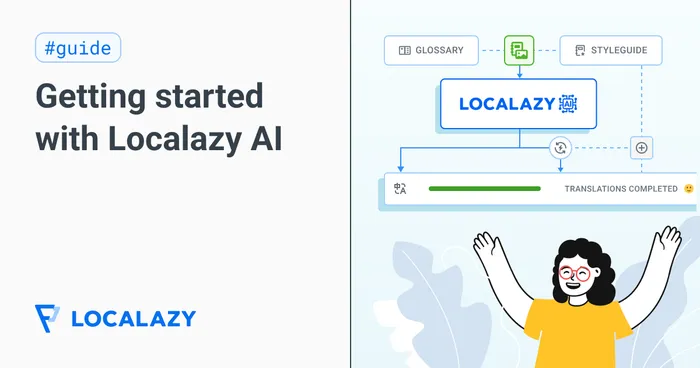Localization automation
The practice of using software to perform routine localization tasks with minimal human input.
Localization automation is the process of replacing repetitive manual steps in localization with automated workflows. This includes tasks like detecting updated text, managing string files, applying pre-translation via MT, or delivering localized content back into the product or platform.
Automated systems can connect directly to code repositories, CMS platforms, or design tools to track changes and move content through the translation pipeline. Tasks that typically require developer time, like preparing files or formatting output are handled by the automation system.
This approach helps teams avoid delays, reduce the risk of human error, and keep multilingual versions of a product aligned with the main release. It’s especially useful for fast-moving teams with frequent updates or large content volumes.
⚙️ What can be automated in localization?
- Scanning for new or changed strings in code or content
- Pushing strings into translation workflows
- Applying machine translation as a first step
- Syncing files with Git or cloud storage
- Running formatting and quality checks
- Delivering translated content back to the source
When used correctly, localization automation helps teams stay consistent across languages and speeds up updates without sacrificing control or quality.
Localazy was built to make the localization process as fast as possible. Watch our colleague Petr demonstrate how you can get started with Automations, one of our core features, to start automating your localization process. Specific workflow examples available here.


